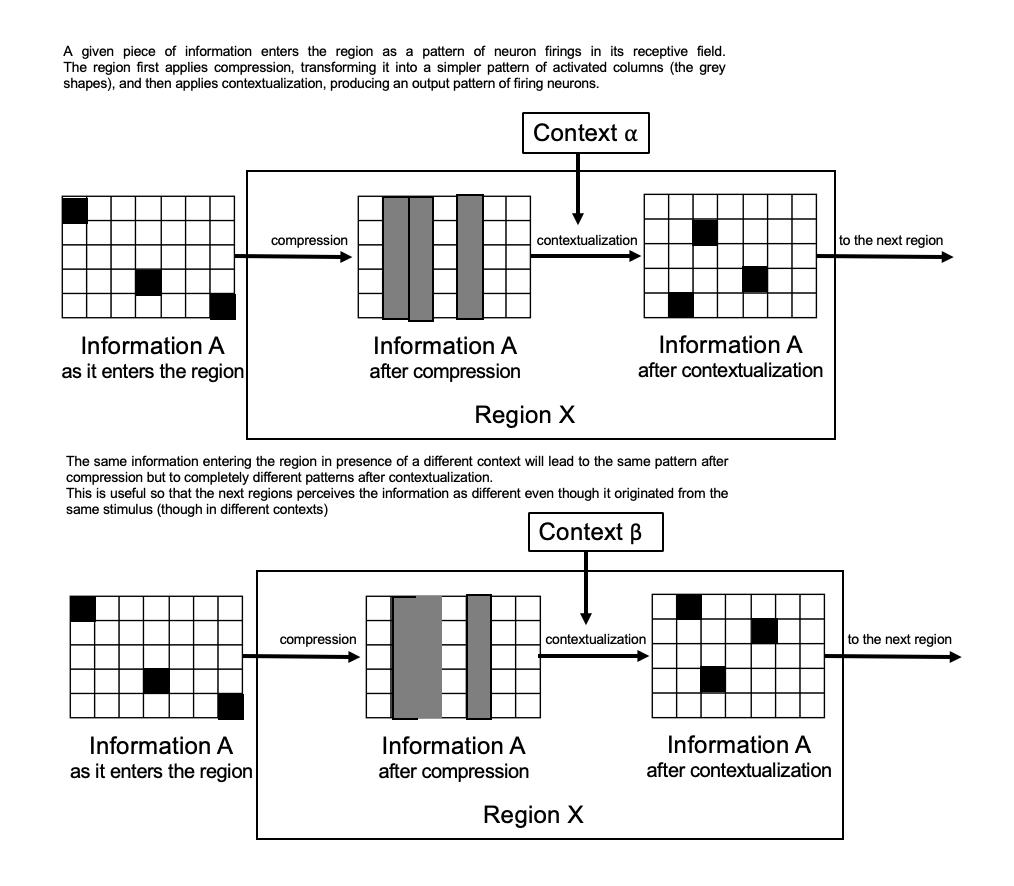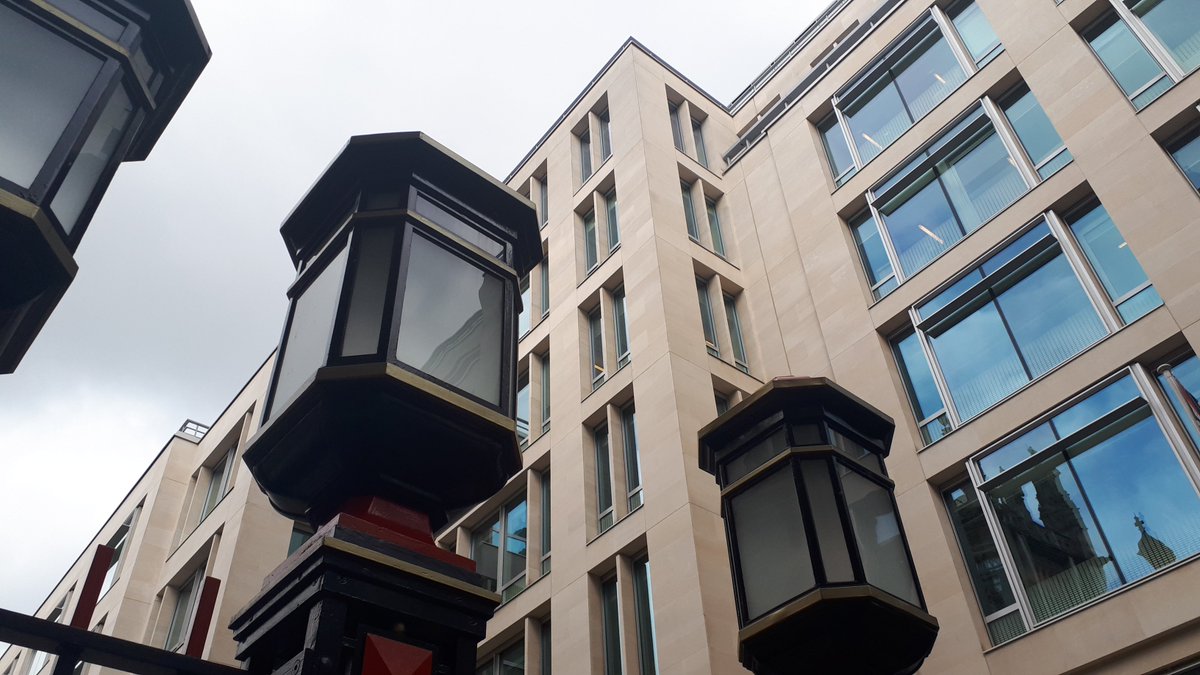I don’t know the precise answer to that question, but in general, it works like this:
- a region/level can learn to represent two different inputs as the same output, if their “meaning” is the same.
- however, …
1/2
Which is the mode which is selected is highly dependent on how the following region will use the output of the previous region.
Each region selects a subset of its columns to be excited, based on which "features" it recognized in the input.
1/N

Therefore, a given set of column represents a "feature", whereas a given set of neurons represents a "contextualized feature".
Probably, both. Or, two different regions might each represent one of the above. Perhaps,
Even conditions such as the Autism Spectrum Disorder influence what one considers as "context" and what as "features". (Simplifying, NeuroTypicals tends to "pull" context into features; ASD, the opposite: they have harder time to integrate context into the features).




